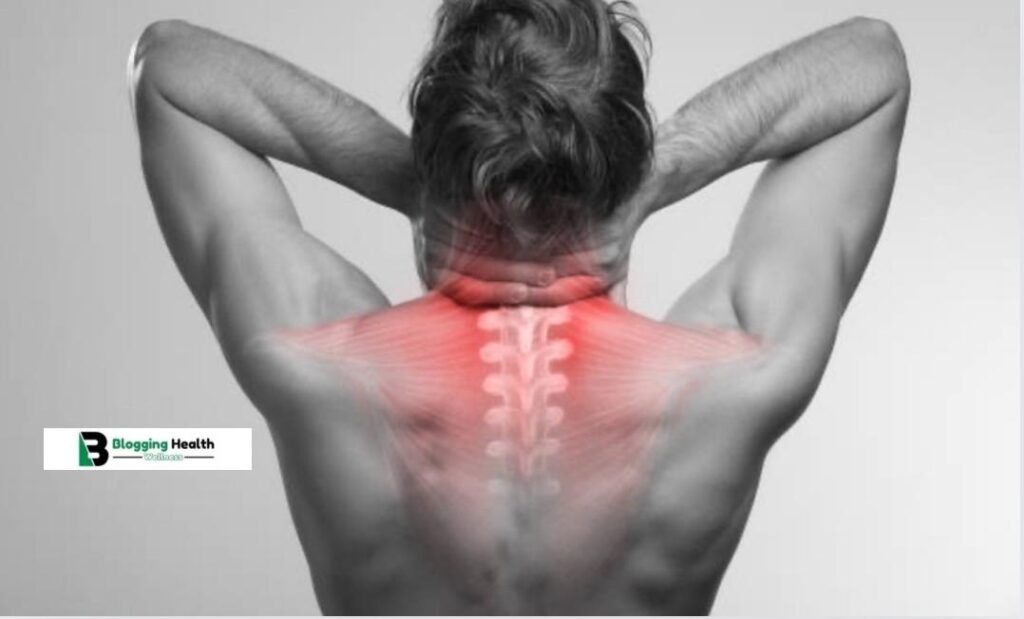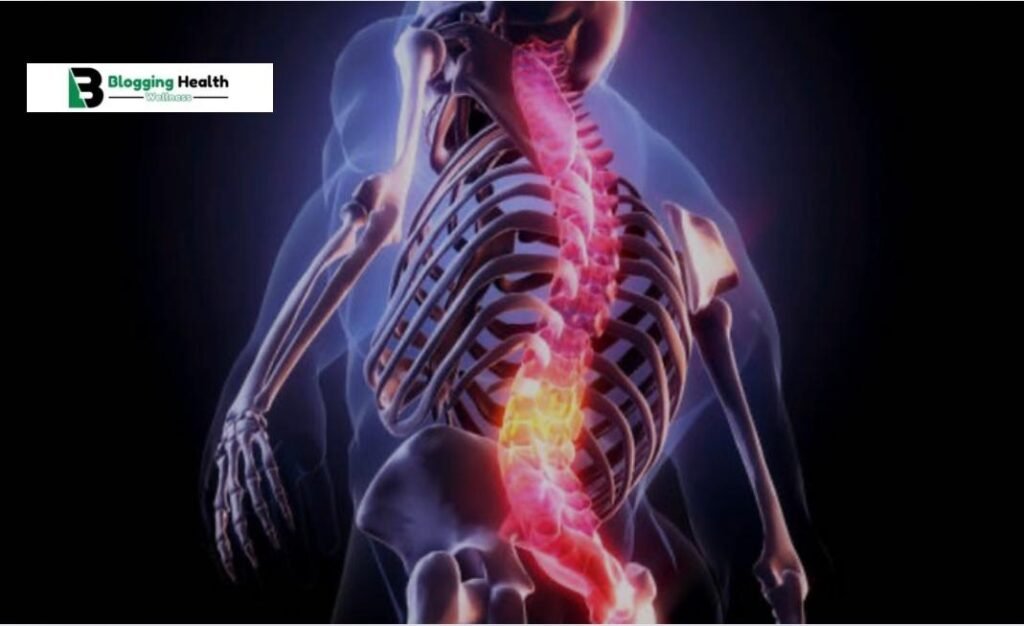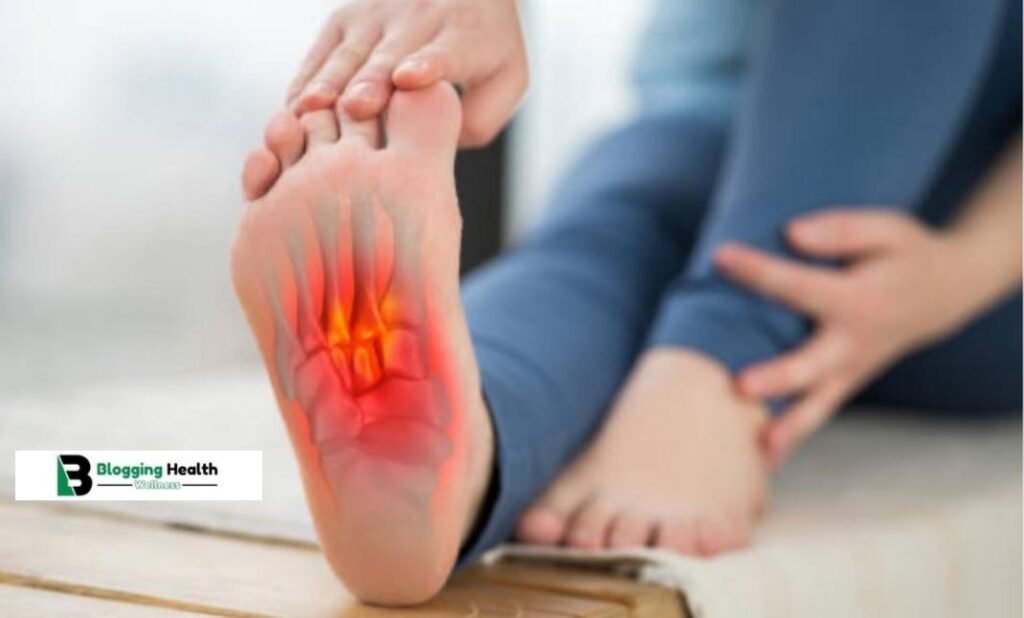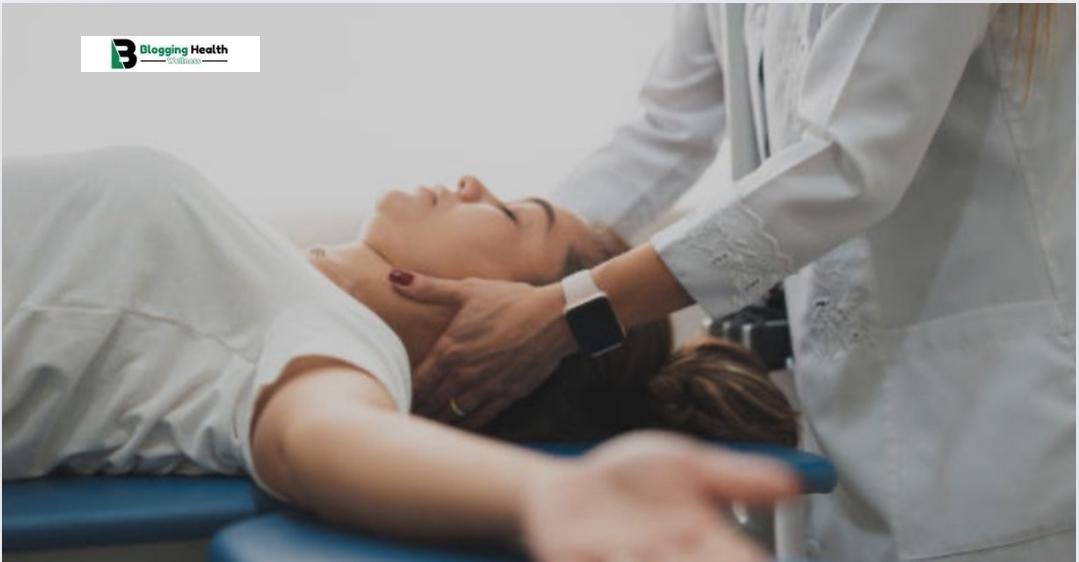Introduction of treatment for pinched nerve in neck
A pinched nerve in the neck, also known as cervical radiculopathy, is a condition that occurs when a nerve in the neck is compressed or irritated where it branches away from the spinal cord. This can lead to pain, numbness, and weakness in the neck, shoulders, and arms. Understanding the causes, symptoms, and treatment options for a pinched nerve in the neck is crucial for managing the condition and preventing further complications. In this comprehensive guide, we will explore the treatment for pinched nerve in neck, the causes and symptoms of a pinched nerve, and various treatment options ranging from conservative methods to surgical interventions.

Anatomy of the Cervical Spine
The cervical spine consists of seven vertebrae (C1 to C7) that make up the neck region of the spine. These vertebrae are separated by intervertebral discs, which act as cushions and allow for flexibility and movement. The cervical spine also houses the spinal cord and numerous nerves that branch out to different parts of the body. These nerves are responsible for transmitting signals between the brain and the rest of the body, including sensory and motor functions.

Causes of Pinched Nerve in the Neck
Herniated Disc
A herniated disc occurs when the inner gel-like substance of an intervertebral disc leaks out and compresses a nearby nerve. This can happen due to aging, injury, or repetitive strain on the spine.
Degenerative Disc Disease
As we age, the intervertebral discs can degenerate and lose their flexibility, height, and cushioning ability. This can lead to disc herniation or bulging, which can compress nearby nerves.
Bone Spurs
Bone spurs, or osteophytes, are bony growths that can develop on the vertebrae due to arthritis or degenerative changes. These spurs can press on nerves, leading to a pinched nerve.

Trauma or Injury
Trauma or injury to the neck, such as whiplash from a car accident or a fall, can cause a pinched nerve. This can result from direct pressure on the nerve or from secondary issues like swelling and inflammation.
Symptoms of Pinched Nerve in the Neck
Pain
The pain can be sharp, burning, or aching and may radiate from the neck to the shoulder, arm, and hand.
Numbness and Tingling
Numbness and tingling, also known as paresthesia, can occur in the areas served by the affected nerve. This can include the shoulder, arm, hand, and fingers.
Weakness
Weakness in the muscles served by the affected nerve is another common symptom. This can affect the ability to perform daily tasks and activities.
Loss of Sensation
Loss of sensation or decreased sensitivity to touch, temperature, or pain can occur in the areas served by the affected nerve.
Muscle Atrophy
In severe cases, prolonged nerve compression can lead to muscle atrophy or wasting in the affected areas.
Diagnosis of Pinched Nerve in the Neck
Medical History and Physical Examination
A thorough medical history and physical examination are essential for diagnosing a pinched nerve. The doctor will ask about the patient’s symptoms, their onset, and any activities or injuries that may have contributed to the condition. The physical examination will include tests to assess the range of motion, strength, reflexes, and sensation in the neck and upper extremities.
Imaging Studies
X-rays
X-rays can help identify bone abnormalities, such as bone spurs or fractures, that may be causing nerve compression.
MRI (Magnetic Resonance Imaging)
MRI is a detailed imaging study that can visualize soft tissues, including intervertebral discs, nerves, and ligaments. It is particularly useful for identifying herniated discs, spinal stenosis, and other soft tissue abnormalities.
CT Scan (Computed Tomography)
A CT scan provides detailed images of the spine and can be used to identify bone abnormalities and soft tissue issues. It is often used in conjunction with a myelogram, which involves injecting a contrast dye into the spinal canal to enhance the images.
Conservative Treatment Options
Rest and Activity Modification
Resting the neck and avoiding activities that exacerbate symptoms is an important part of treatment. This can help reduce inflammation and allow the nerve to heal.
Physical Therapy
Physical therapy is a key component of treatment for a pinched nerve in the neck. A physical therapist can develop a personalized exercise program to strengthen the neck and shoulder muscles, improve flexibility, and reduce pain. Common physical therapy techniques include:
- Stretching exercises: These exercises help improve flexibility and reduce muscle tension.
- Strengthening exercises: These exercises target the muscles that support the neck and spine, helping to alleviate pressure on the nerves.
- Posture training: Proper posture can help reduce strain on the neck and prevent further injury.
- Manual therapy: This includes techniques like massage, joint mobilization, and manipulation to reduce pain and improve mobility.
Medications
Muscle Relaxants
Muscle relaxants, such as cyclobenzaprine and methocarbamol, can help reduce muscle spasms and relieve pain.
Corticosteroids
Corticosteroids, either oral or injectable, can help reduce inflammation and alleviate severe pain.
Ice and Heat Therapy
Applying ice to the affected area can help reduce inflammation and numb pain, while heat therapy can help relax muscles and improve blood flow.
Cervical Collar
A cervical collar, or neck brace, can help immobilize the neck and reduce pressure on the affected nerve. It is typically used for short periods to prevent muscle weakness from prolonged use.
Lifestyle Modifications
Ergonomic Adjustments
Making ergonomic adjustments at work and home can help reduce strain on the neck. This includes using a supportive chair, adjusting the height of the computer monitor, and maintaining proper posture.
Weight Management
Maintaining a healthy weight can help reduce the strain on the spine and prevent further injury.
Regular Exercise
Regular exercise can help improve overall fitness, strengthen the muscles that support the spine, and reduce the risk of further injury.
Interventional Treatments
Epidural Steroid Injections
Epidural steroid injections involve injecting corticosteroids into the epidural space around the spinal cord.
Nerve Blocks
Nerve blocks involve injecting an anesthetic or corticosteroid near the affected nerve to block pain signals. This can provide temporary relief and help identify the specific nerve causing the pain.
Radiofrequency Ablation
Radiofrequency ablation involves using heat generated by radio waves to destroy the nerve fibers that transmit pain signals. This can provide longer-lasting pain relief compared to other interventional treatments.
Surgical Treatment Options
Discectomy
A discectomy involves removing the portion of the herniated disc that is compressing the nerve. This can be done through a traditional open surgery or a minimally invasive technique.
Laminectomy
A laminectomy involves removing part of the vertebrae called the lamina to create more space for the spinal cord and nerves. This can help relieve pressure on the nerves and reduce pain.
Foraminotomy
A foraminotomy involves enlarging the openings through which the nerves exit the spinal canal. This can help relieve pressure on the nerves and alleviate symptoms.
Artificial Disc Replacement
Artificial disc replacement involves removing the damaged disc and replacing it with an artificial disc. This can help maintain the natural movement of the spine and reduce the risk of further injury.
Spinal Fusion
Spinal fusion involves fusing two or more vertebrae together to stabilize the spine and reduce pain. This can be done using bone grafts, metal rods, or screws.
Alternative and Complementary Therapies
Chiropractic Care
Chiropractic care involves manual manipulation of the spine to improve alignment and reduce pain. Chiropractors may also use techniques like massage, ultrasound, and electrical stimulation to relieve symptoms.
Acupuncture
Acupuncture involves inserting thin needles into specific points on the body to stimulate healing and reduce pain. It is thought to help by releasing endorphins and improving blood flow.
Massage Therapy
Massage therapy can help reduce muscle tension, improve circulation, and alleviate pain. Techniques like deep tissue massage and trigger point therapy are often used for treating a pinched nerve in the neck.
Yoga and Pilates
Yoga and Pilates can help improve flexibility, strength, and posture, which can alleviate pressure on the nerves and reduce pain.
Herbal Remedies and Supplements
Some herbal remedies and supplements, such as turmeric, ginger, and omega-3 fatty acids, have anti-inflammatory properties that may help reduce pain and inflammation.
Prevention of Pinched Nerve in the Neck
Maintain Good Posture
Maintaining good posture can help reduce strain on the neck and prevent nerve compression. This includes sitting and standing up straight, keeping the shoulders back, and avoiding
Proper Lifting Techniques
Using proper lifting techniques can help prevent injury to the neck and spine.
Ergonomic Workspace
Setting up an ergonomic workspace can help reduce strain on the neck. This includes using a chair with good lumbar support, positioning the computer monitor at eye level, and using a headset for phone calls to avoid cradling the phone between the shoulder and ear.
Regular Exercise
Engaging in regular exercise can help maintain overall fitness, strengthen the muscles that support the spine, and improve flexibility. Activities like swimming, walking, and yoga are particularly beneficial for spinal health.
Weight Management
Maintaining a healthy weight can help reduce the strain on the spine and prevent further injury.
Stress Management
Stress can lead to muscle tension and exacerbate symptoms of a pinched nerve. Techniques like meditation, deep breathing exercises, and progressive muscle relaxation can help manage stress and reduce muscle tension.
Avoid Repetitive Motions
Avoiding repetitive motions that strain the neck, such as prolonged computer use or repetitive overhead activities, can help prevent a pinched nerve. Taking frequent breaks and using ergonomic tools can also be beneficial.
Conclusion
A pinched nerve in the neck can cause significant pain and discomfort, but with proper diagnosis and treatment, most individuals can find relief and prevent further complications. Conservative treatments, such as physical therapy, medications, and lifestyle modifications, are often effective in managing symptoms. For those who do not respond to conservative treatments, interventional procedures and surgical options may provide relief.
Preventative measures, including maintaining good posture, using proper lifting techniques, setting up an ergonomic workspace, and engaging in regular exercise, are crucial for preventing a pinched nerve in the neck. Additionally, managing stress and avoiding repetitive motions can help maintain spinal health and reduce the risk of nerve compression.
It is important to consult with a healthcare provider to develop an individualized treatment plan and ensure the best possible outcome. With the right approach, individuals with a pinched nerve in the neck can achieve significant improvement in their symptoms and quality of life.


